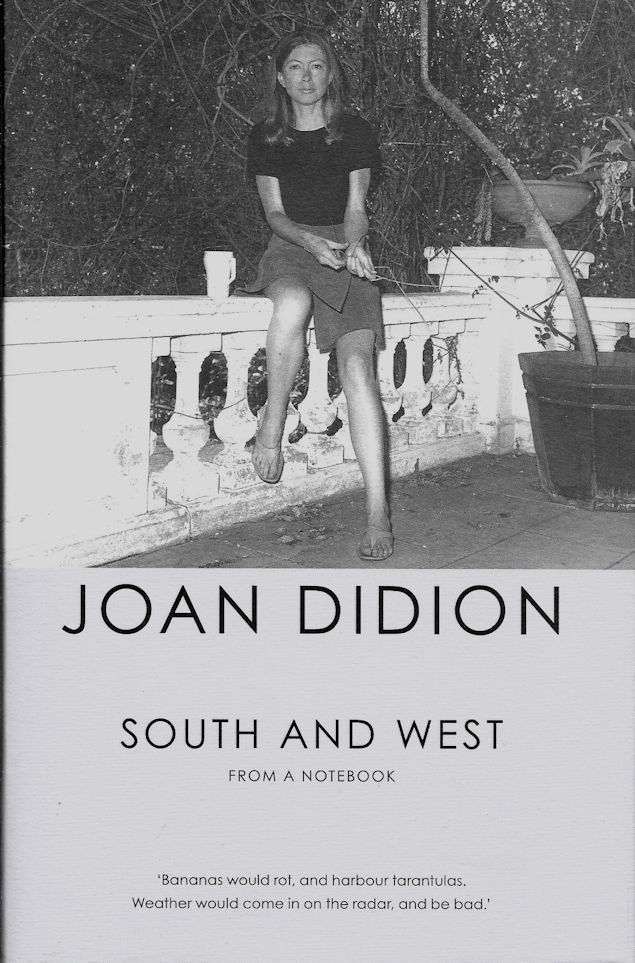

The range of her interests - from flower children getting high on Haight Street to the lives of Cuban expatriates in late-’80s Miami - gave the subjectivity of her observer’s eye something more universal to fall on, and lent journalistic weight to what it saw. This combination of fixations worked for her through most of her career: in her iconic essay collection Slouching Towards Bethlehem, and its follow-up, The White Album, as well as in her fiction, in novels from Play It As It Lays to The Last Thing He Wanted. Her favorite subjects very often exhibit both qualities as well. Didion herself is famously beautiful, or at least glamorous-looking, and equally famously troubled. It is her signature to insert herself into her critical writing, to establish geographic particulars and insinuate atmospheric dread. Didion’s style is intoxicating - as in, seductive and thrilling, but also pervasive, and unsettling.

This is how I imagine Joan Didion telling you the story, anyway this is the way her language colors mine whenever I have been reading her work. It was easy, too, to forget that, a few months earlier, the United States of America had elected a president who, instead of concerning himself with this fact, was preparing to repeal legislation regulating coal runoff into rivers and streams.

Hiking in damp sand on trails overlooking the city, cutting down into a wash lush with blossoms, it was easy to forget that a city doesn’t belong there, or a pool either - and that all of California is years deep in a drought of unprecedented length and ferocity. It was winter in the desert, and the air was wet with recent rain. I read Joan Didion’s most recent release, South and West : From a Notebook, on a poolside lounge chair at a resort hotel in Palm Springs in December. Photo: Ted Streshinsky/Corbis via Getty Images


 0 kommentar(er)
0 kommentar(er)
